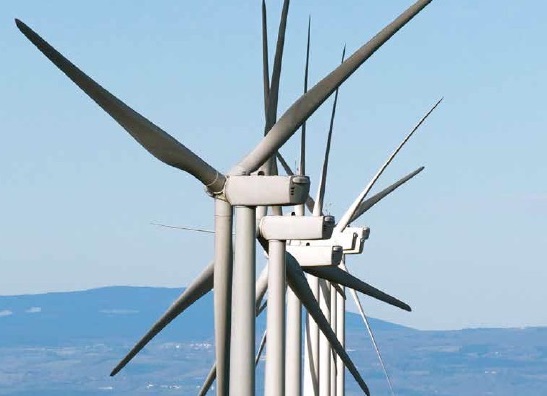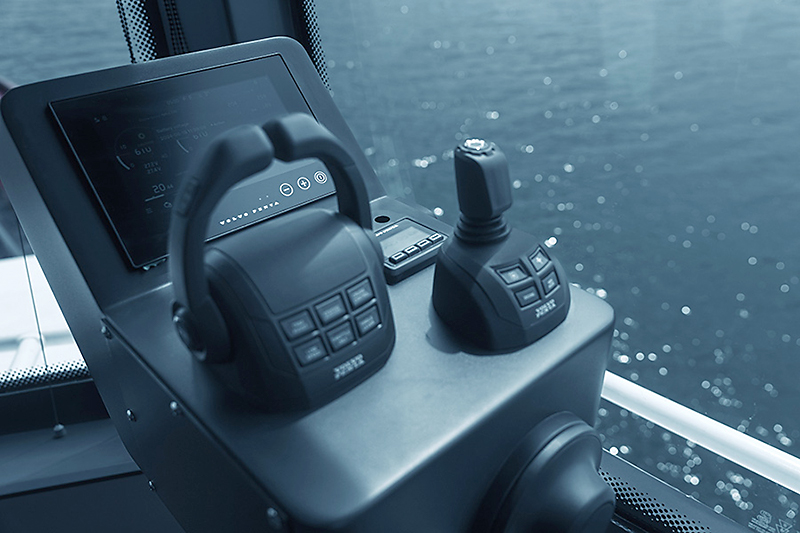
Golden Valley Electric Association (GVEA), a cooperative provider of electric services in Alaska, is advancing its renewable energy efforts with the help of wind Lidar technology to remotely sense the available wind resource at prospective wind-farm locations.
As part of its goal to reduce carbon emissions, GVEA is exploring opportunities to expand electric supply from renewable energy sources, particularly wind power. To enhance its wind resource assessments, the cooperative is using the ZX 300 Lidar.
Under the guidance of DNV, Golden Valley Electric Association (GVEA) deployed the ZX 300 wind Lidar, paired with a Mobismart Hybrid Clean Power Trailer, northeast of Fairbanks, Alaska. Despite the area’s extreme weather — ranging from 85°F (30°C) in summer to minus-36°F (minus-38°C) in winter — the Lidar has been successfully operating autonomously, powered reliably by the off-grid Mobismart Hybrid power trailer, ensuring a continuous and compatible energy supply and wind profile from the site.
“We are thankful for the funding provided through the Renewable Energy Fund at Alaska Energy Authority to allow this project to commence as the state strives toward promoting renewable energy development,” said Keith Palchikoff of GVEA. “To date, we are delighted to have experienced no downtime whatsoever since the Lidar and power trailer were installed. Alaska presents unique weather challenges, and it’s great to have technology that operates autonomously in such conditions. At GVEA, we are committed to exploring every opportunity to provide sustainable power to our customers.”
Data gathered by GVEA from the energy assessments is expected to be made public, encouraging private developers to submit proposals and potentially enter long-term power purchase agreements.
“We are thrilled to support GVEA with a remote off-grid power solution for this project,” said Irene Efston from Mobismart. “Our HYBRID solar with integrated fuel cell power trailers are designed to work seamlessly with the ZX 300 wind Lidar because they’re easily deployed and will provide autonomous and dependable power 24/7, while monitored remotely in various environments and extreme climates. To support the growing demand for wind measurements, our power trailers can be available within six weeks from order, allowing fast deployment of the Lidar on site.”
With more than 15,000 deployments in 100 countries globally, the ZX 300 wind Lidar is built to last and operate in extreme environments, simple and complex terrain, and in clear air, all with its survive-in-field attitude.
MORE INFO www.zxlidars.com






















 Atlantic Shores Projects 1 and 2 represent 2,800 MW of safe, reliable renewable power at unmatched scale and maturity. Atlantic Shores Project 1 is New Jersey’s first offshore wind project, and COP approval will enable the near-term creation of thousands of in-demand jobs and acceleration of billions of dollars in supply chain investments being made in the Garden State. Atlantic Shores Project 2 will build on this first-mover success and drive economic growth across the state over the next decade.
Atlantic Shores Projects 1 and 2 represent 2,800 MW of safe, reliable renewable power at unmatched scale and maturity. Atlantic Shores Project 1 is New Jersey’s first offshore wind project, and COP approval will enable the near-term creation of thousands of in-demand jobs and acceleration of billions of dollars in supply chain investments being made in the Garden State. Atlantic Shores Project 2 will build on this first-mover success and drive economic growth across the state over the next decade.











 The Coastal Virginia Offshore Wind Project, Revolution Wind, and Vineyard Wind 1 are undergoing installation activities on the East Coast, with South Fork Wind already complete and delivering power to the grid. Once installation on the three projects is complete, they will provide more than 4 GW of energy to the grid, powering around 1.4 million homes. Also in Q2, Equinor broke ground on its South Brooklyn Marine Terminal, projected to create over 1,000 jobs in the construction of staging, pre-assembly, and operations & maintenance facilities for offshore wind. The New Jersey Wind Port, an offshore wind marshalling port, is also nearing completion.
The Coastal Virginia Offshore Wind Project, Revolution Wind, and Vineyard Wind 1 are undergoing installation activities on the East Coast, with South Fork Wind already complete and delivering power to the grid. Once installation on the three projects is complete, they will provide more than 4 GW of energy to the grid, powering around 1.4 million homes. Also in Q2, Equinor broke ground on its South Brooklyn Marine Terminal, projected to create over 1,000 jobs in the construction of staging, pre-assembly, and operations & maintenance facilities for offshore wind. The New Jersey Wind Port, an offshore wind marshalling port, is also nearing completion.









